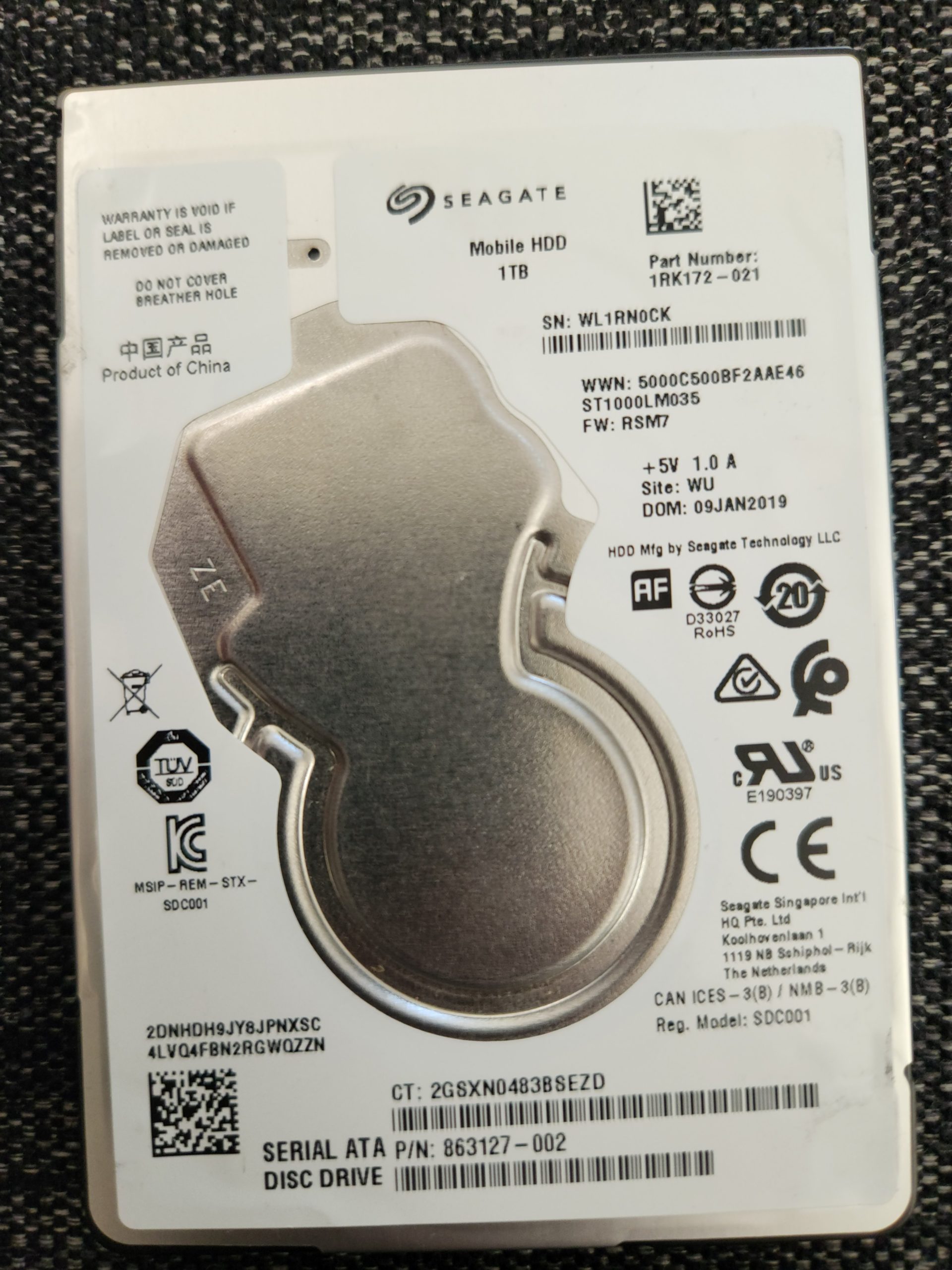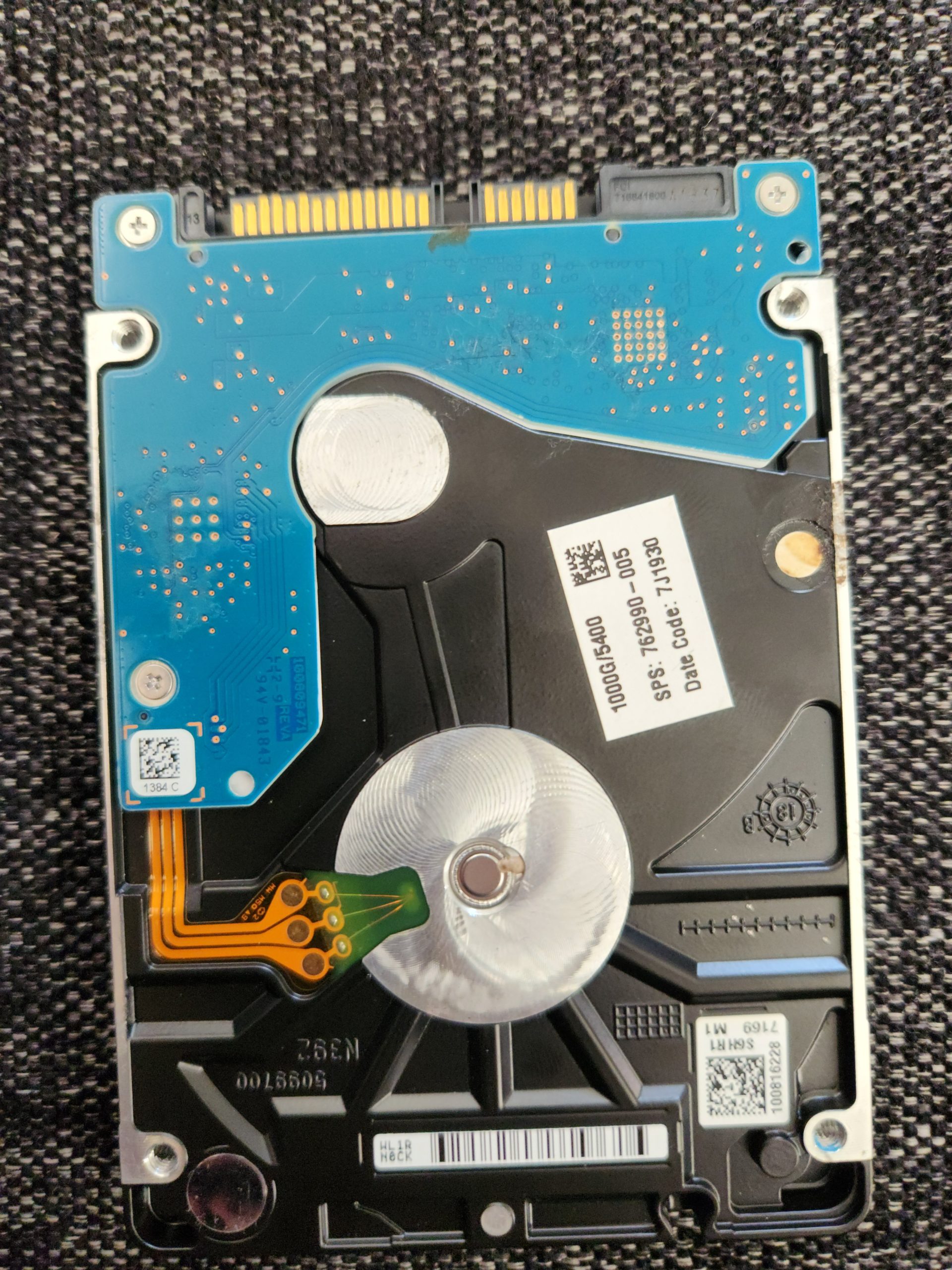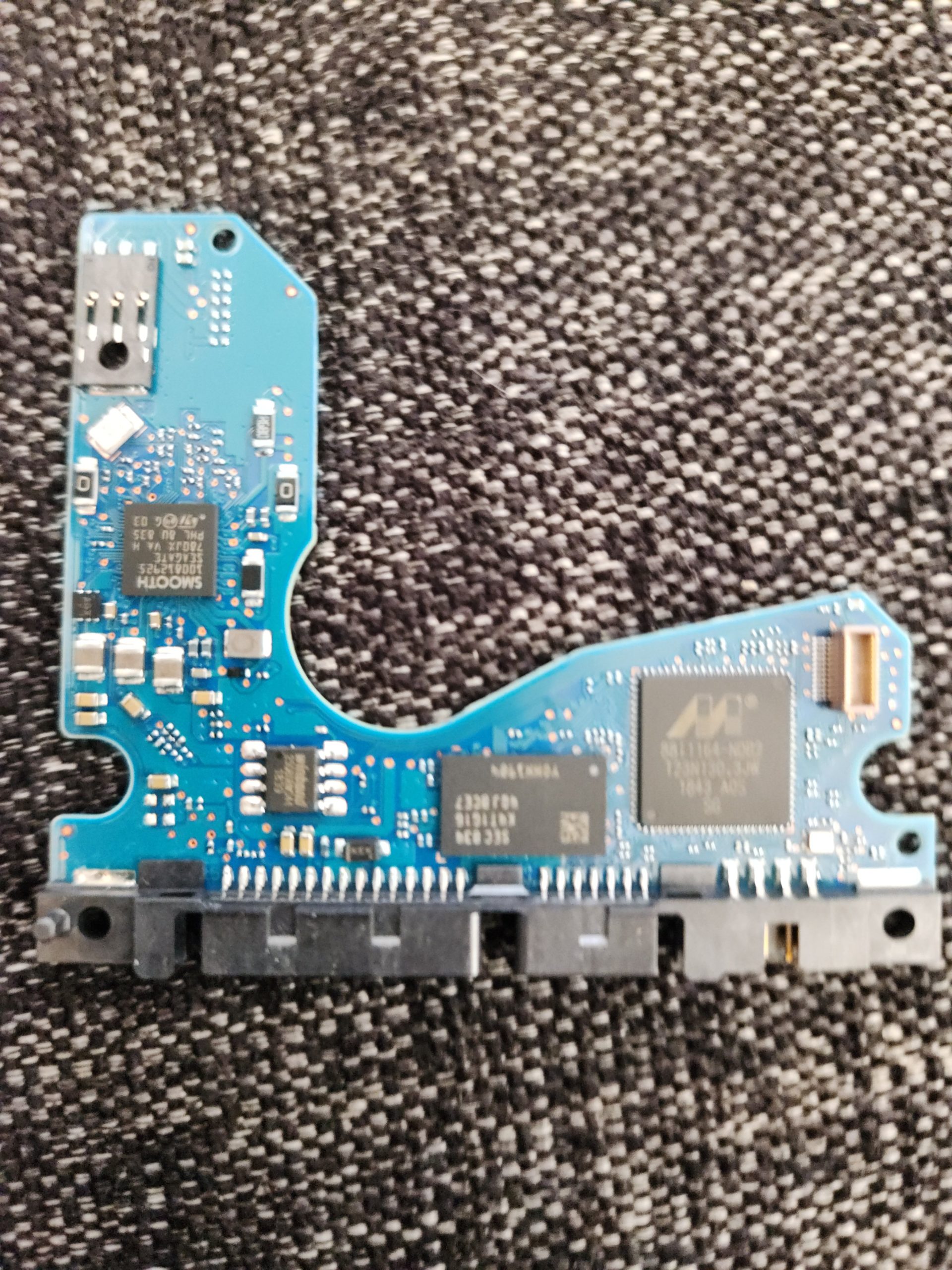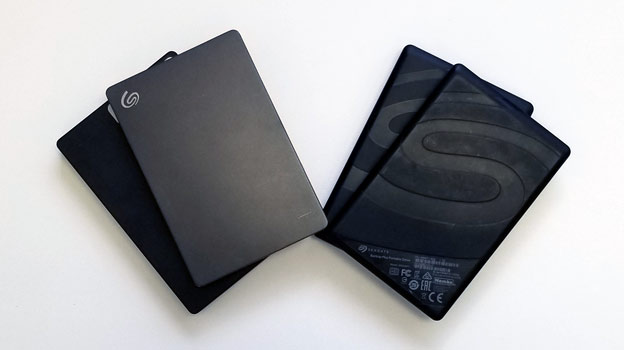Seagate has been producing slim portable drives for several years, and many of these models house hard drives from the Rosewood family. If you own one, chances are high that it’s a Rosewood.
This isn’t just speculation or bias against Seagate—it’s based on personal observations and experience.
Durability Concerns
Rosewood drives are notably fragile. Even a slight bump or jolt can lead to mechanical failure, often accompanied by clicking or beeping sounds that signal serious issues.
Fun Fact: About 80% of the drives we receive for data recovery are Rosewoods. This may be because they are among Seagate’s most widely manufactured drives. Slim, portable, and affordable, these drives appeal to many consumers, especially given today’s high prices for storage solutions. However, lower prices often reflect compromises in quality, and Rosewoods are no exception.
Identifying a Rosewood Drive
To identify a Rosewood drive, you’d need to open its plastic enclosure. Here are a few examples of what they look like:



Fun Fact #2: In 50% of Rosewood recovery cases, more than one donor drive is required for successful data retrieval—sometimes as many as two or three.
A Consistent Pattern
One troubling observation is that the internal components of Rosewood drives, particularly the heads, tend to fail shortly after the enclosure is opened—even without any work being performed. This behavior is reminiscent of helium-based drives, which often experience similar failures post-opening.
Such issues raise questions about the overall build quality of Rosewood drives, suggesting Seagate may prioritize quantity over durability in this product line.
A Word of Advice
Given these reliability concerns, it’s no surprise that most Seagate drives today belong to the Rosewood family. While they are cost-effective and compact, their fragility makes them a risky choice for important data storage.
For critical data, consider using a reputable cloud storage service. This approach ensures your files are secure, regularly backed up, and protected from the risks of hardware failure.

